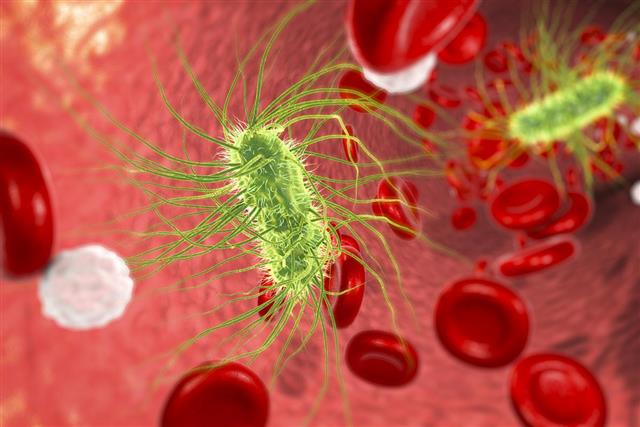
In this BiologyWise article, we put forth the differences between aerobic and anaerobic bacteria in order to make it easier for you to understand their characteristics.
In microbiology, bacteria are single-celled or non-cellular organisms, typically characterized by their ability to reproduce by fission. They come in various shapes, with the spiral shape, rod shape, and spherical shape being the most common. Though they are often considered plants, the fact that they do not contain chlorophyll sets them apart from normal plants.
The different types of bacteria are grouped into two categories.
» Aerobic bacteria
» Anaerobic bacteria
While the basic difference between the two, is that the former thrives in oxygenated environment and latter in an environment marked by the absence of oxygen, there also exist other differences which cannot be ignored.
Aerobic Bacteria
These are the species of bacteria which require oxygen for their basic survival, growth, and the process of reproduction. It is very easy to isolate these bacteria by culturing a mass of bacterial strains in some liquid medium. As they require oxygen for survival, they tend to come to the surface in a bid to derive maximum oxygen available.
Examples of aerobic bacteria.
» Bacillus
» Nocardia
Anaerobic Bacteria
Also referred to as anaerobes, these are the species of bacteria which don’t require oxygen for growth. There are different types of anaerobic species, including the aerotolerant anaerobes, which can survive in the presence of oxygen, and obligate anaerobes, which can’t survive in the presence of oxygen.
Examples of anaerobic bacteria.
» Escherichia coli
» Bacteroides
Aerobic Bacteria Vs. Anaerobic Bacteria
As we mentioned earlier, the most prominent point of difference between these two, is the fact that aerobic bacteria require oxygen to survive, while anaerobic bacteria don’t. This can be attributed to the fact that aerobic species have the ability to detoxify oxygen. In contrast, anaerobic species lack the ability to sufficiently break down food molecules like their aerobic counterparts.
While anaerobic bacteria can even grow in places wherein oxygen is not available, it is not possible for aerobic species to do that. This implies that these species can also grow in parts of the human body wherein the amount of oxygen supplied is very low. For instance, there also exist some examples of bacteria which can grow in the gut, i.e., the alimentary canal between the stomach and anus.
In terms of respiration, aerobic bacteria use oxygen in the process of energy metabolism, while anaerobic bacteria don’t, and thus, the former has an edge in terms of the amount of energy produced. When both these bacteria types are collected in a liquid medium, aerobic species come to the surface of the medium in order to take in as much oxygen as possible, while anaerobic species settle at the bottom in order to avoid it.
Other than these two, there exists yet another type of bacteria―facultative bacteria. These species, which carry out aerobic respiration in the presence of oxygen, also have the tendency to switch over to the process of fermentation in the absence of oxygen. In other words, facultative bacteria are capable of adapting to a range of conditions.


